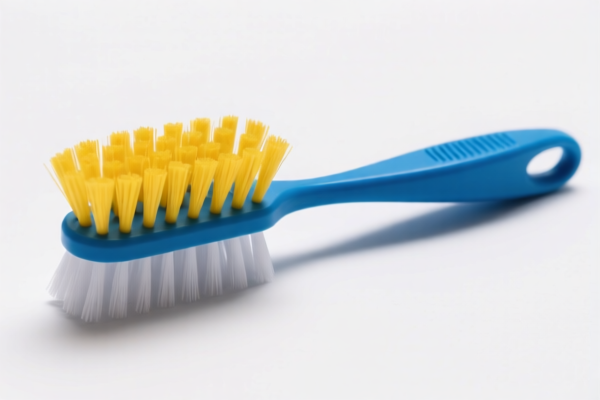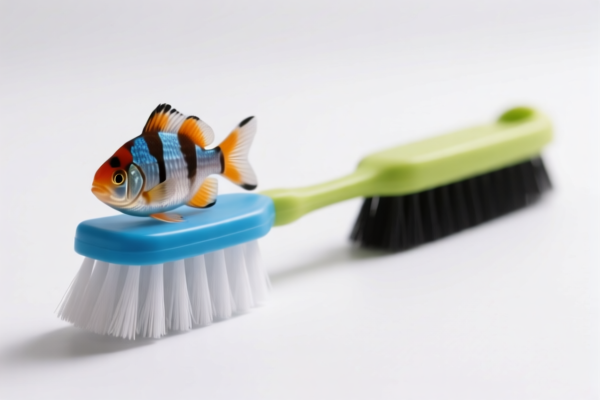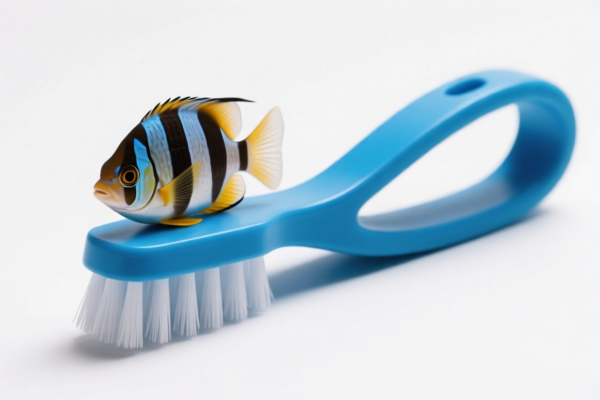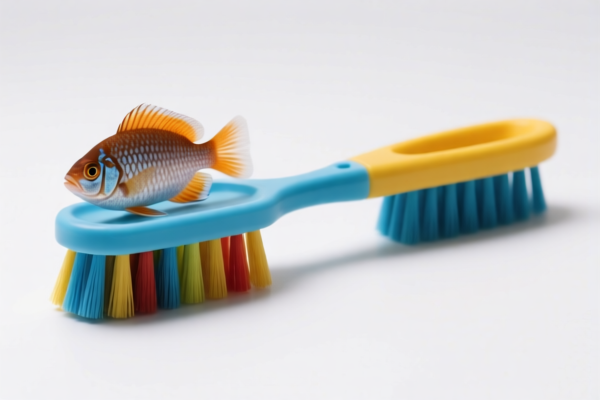| HS Code | Official Doc | Tariff Rate | Origin | Destination | Effective Date |
|---|---|---|---|---|---|
| 8505110010 | Doc | 32.1% | CN | US | 2025-05-12 |
| 8505110090 | Doc | 32.1% | CN | US | 2025-05-12 |
| 8548000000 | Doc | 55.0% | CN | US | 2025-05-12 |
| 7326908688 | Doc | 107.9% | CN | US | 2025-05-12 |
| 7323997000 | Doc | 85.3% | CN | US | 2025-05-12 |
| 7323999080 | Doc | 108.4% | CN | US | 2025-05-12 |
| 9507908000 | Doc | 39.0% | CN | US | 2025-05-12 |
| 9208900080 | Doc | 42.8% | CN | US | 2025-05-12 |
| 3924104000 | Doc | 33.4% | CN | US | 2025-05-12 |
| 3924905650 | Doc | 40.9% | CN | US | 2025-05-12 |




Fishtank Magnetic Brush
A fishtank magnetic brush is a cleaning tool used to remove algae and debris from the interior surfaces of aquariums without the need to put one's hands directly into the water. It consists of two parts: a handle (typically held outside the tank) and a scrubbing pad (positioned inside the tank). These two parts are connected by strong magnets.
Material
- Handle: Commonly made of plastic, often with a grip for ease of use. Some handles are ergonomically designed.
- Scrubbing Pad Housing: Typically constructed from acrylic or a similar non-corrosive plastic.
- Scrubbing Pad: Materials vary, including:
- Nylon: A common choice for general cleaning, offering a balance of scrubbing power and gentleness.
- Acrylic-safe scouring pads: Used for more stubborn algae.
- Felt pads: Softer pads for delicate surfaces or polishing.
- Magnets: Neodymium magnets are frequently used due to their high strength. Magnets are coated to prevent corrosion in the aquatic environment.
Purpose
The primary purpose of a fishtank magnetic brush is to maintain a clean aquarium environment. Algae growth is a natural process in aquariums, and a magnetic brush provides a convenient way to remove it without disrupting the tank's ecosystem.
Function
The brush functions by allowing the user to move the external handle, which in turn moves the internal scrubbing pad via the magnetic connection. The scrubbing pad then cleans the glass or acrylic surface of the aquarium. The strength of the magnets determines the thickness of the aquarium glass the brush can effectively clean.
Usage Scenarios
- Regular Cleaning: Used weekly or bi-weekly to prevent excessive algae buildup.
- Spot Cleaning: Useful for removing localized algae growth.
- Aquariums of Various Sizes: Available in different sizes to accommodate small, medium, and large tanks.
- Freshwater and Saltwater Aquariums: Suitable for both types of aquarium environments, provided the materials are compatible with saltwater.
Common Types
- Standard Magnetic Brush: A basic design with a simple handle and scrubbing pad.
- Rotating Magnetic Brush: Features a rotating handle that allows for easier maneuvering and cleaning of corners.
- Double-Sided Magnetic Brush: Includes scrubbing pads on both sides for cleaning both interior and exterior surfaces simultaneously.
- Algae Scraper Magnetic Brush: Incorporates a blade for removing particularly tough algae or biofilm.
- Penetrating Magnetic Brush: Designed for thicker glass aquariums, with stronger magnets and a more robust construction.
- Magnetic Brush with Integrated Light: Includes an LED light for illuminating the cleaning area.
Considerations
- Aquarium Glass Thickness: Selecting a brush with appropriate magnet strength is crucial for effective cleaning.
- Material Compatibility: Ensure all components are safe for use in freshwater or saltwater environments.
- Gravel/Sand Substrate: Care should be taken to avoid trapping gravel or sand between the brush and the glass, which can cause scratching.
- Regular Maintenance: Rinse the brush thoroughly after each use to remove debris and prevent buildup.
The declared goods, “FISHTANKMAGNETICBRUSH”, appear to be a cleaning brush utilizing magnets for use in fish tanks. This suggests a combination of cleaning functionality and magnetic properties.
The following HS codes are relevant based on the provided reference material:
- 8505110010: This HS code covers Electromagnets; permanent magnets and articles intended to become permanent magnets after magnetization; electromagnetic or permanent magnet chucks, clamps and similar holding devices; electromagnetic couplings, clutches and brakes; electromagnetic lifting heads; parts thereof: Permanent magnets and articles intended to become permanent magnets after magnetization: Of metal Alnico. This code specifically applies to permanent magnets made of Alnico metal. If the brush utilizes Alnico magnets, this code is applicable. The basic tariff is 2.1%, with no additional tariff currently, but a 30.0% additional tariff will be applied after April 2, 2025, resulting in a total tariff of 32.1%.
- 8505110090: This HS code also covers Electromagnets; permanent magnets and articles intended to become permanent magnets after magnetization; electromagnetic or permanent magnet chucks, clamps and similar holding devices; electromagnetic couplings, clutches and brakes; electromagnetic lifting heads; parts thereof: Permanent magnets and articles intended to become permanent magnets after magnetization: Of metal Other. This code applies to permanent magnets made of metals other than Alnico. If the brush utilizes magnets made of a metal other than Alnico, this code is applicable. The basic tariff is 2.1%, with no additional tariff currently, but a 30.0% additional tariff will be applied after April 2, 2025, resulting in a total tariff of 32.1%.
- 8548000000: This HS code covers Electrical parts of machinery or apparatus, not specified or included elsewhere in this chapter. If the magnetic brush is considered an electrical component of a larger apparatus or is not specifically classifiable under other chapters, this code may be applicable. The basic tariff is 0.0%, with an additional tariff of 25.0%, increasing to 30.0% after April 2, 2025, resulting in a total tariff of 55.0%.
Regarding HS code 8505110010 and 8505110090, it is important to verify the specific metal composition of the magnets used in the brush to determine the correct classification.
Customer Reviews
I really appreciated the detailed explanation of HS code 8548000000 and the 55% tariff rate. It helped me understand the classification for non-specific electrical components.
The page has a lot of information, but I had to read through several HS codes to find the one that fits my product. Maybe a search feature would help.
I found the information about the 32.1% tariff rate helpful, especially since I'm exporting to the US. The breakdown of the HS codes was straightforward.
The HS code 8505110010 was exactly what I needed for my Alnico magnet-based fishtank brush. The tariff details and effective date were very clear.